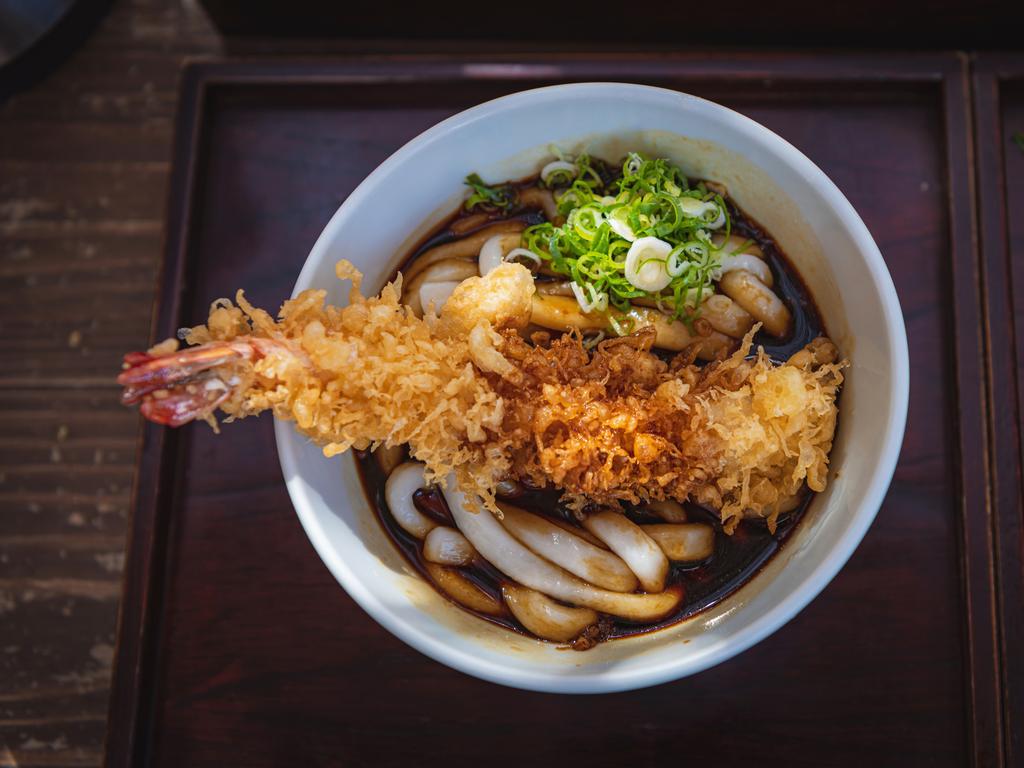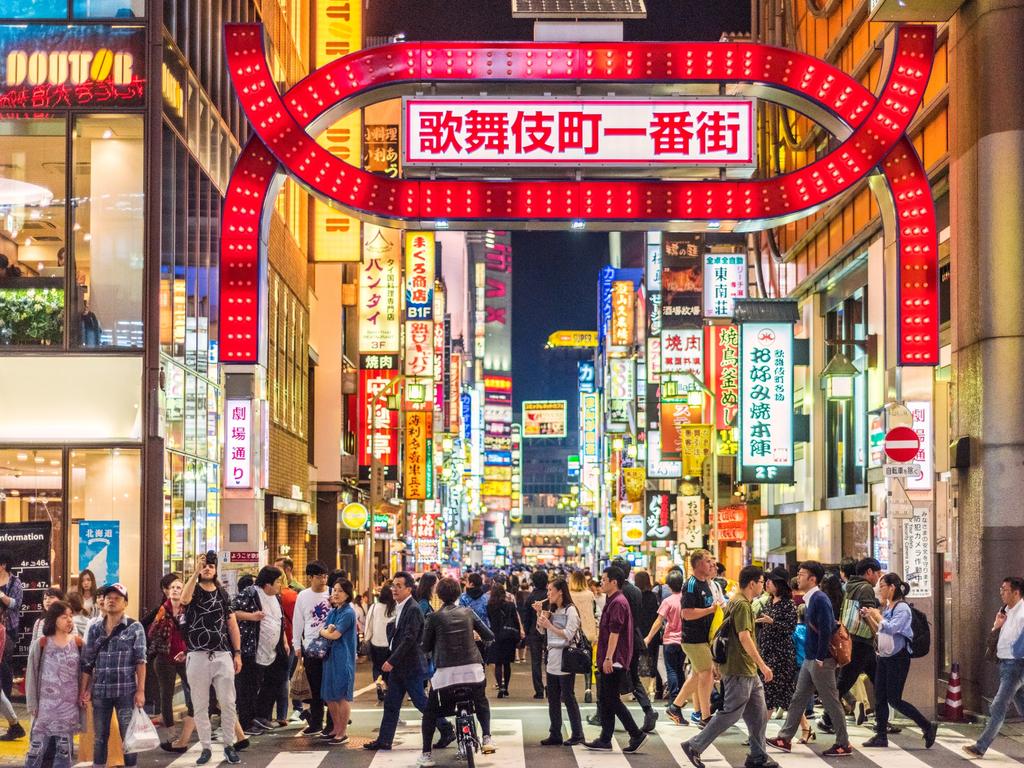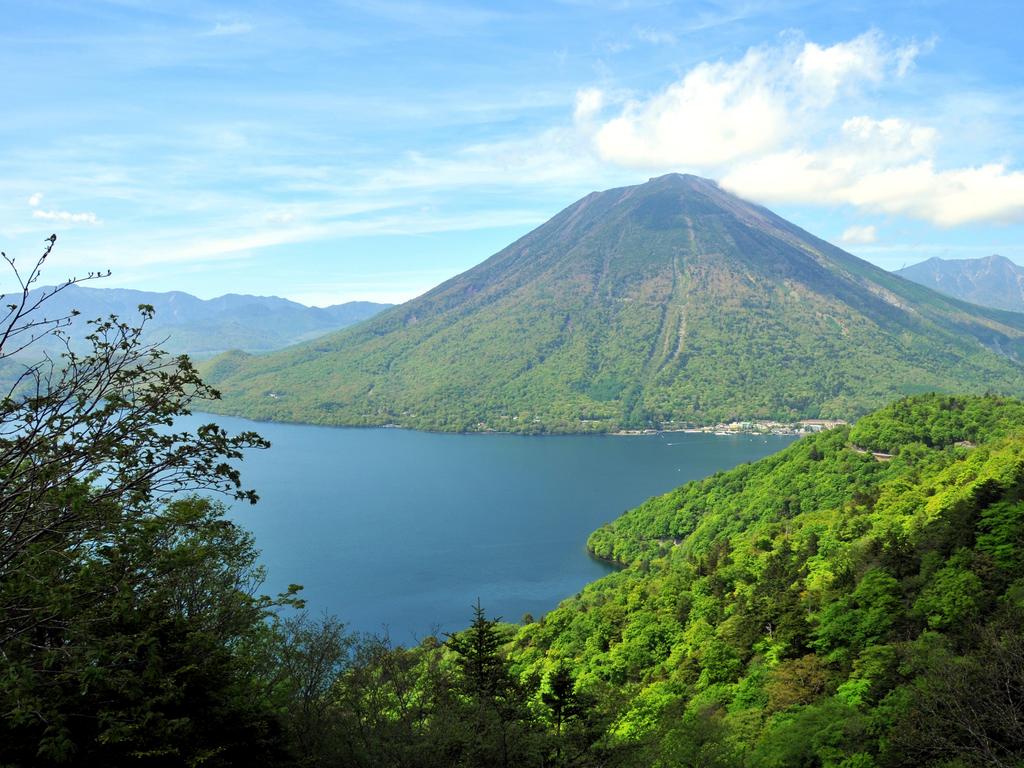How to eat like a local in Japan
Did you know that the way you leave your chopsticks in a bowl may offend other diners? Or how to find the best sushi in Tokyo? We have all the tips you need for your next visit.

Did you know that the way you leave your chopsticks in a bowl may offend other diners? Or how to find the best sushi in Tokyo? We have all the tips you need for your next visit.
Sushi

Sushi is sushi, right? It’s not that simple. From cheap-as-chips conbini (convenience store) maki to thousand-dollar omakase (chef’s choice) meals, the range in style, quality and cost is huge. It often surprises visitors how simple most Japanese sushi can be. While at home we might eat California rolls and mayo-drenched nigiri, the focus in Japan is on simplicity and premium ingredients – perfectly cooked rice, top-quality fish and only a tiny dash of soy sauce as seasoning (a few drops per piece, max).
Where to try: Many travellers dream about multi-Michelin-starred options but in truth many of the most exclusive restaurants aren’t just near impossible to book but not much fun, as the tone can be hushed and the bill astronomical. But if you really want to try one such option, Isana (Roppongi, Tokyo) has an English-speaking chef and provides an innovative array. Otherwise, a good option is a kaiten (conveyor belt) restaurant such as Nemuro Hanamaru (in Tokyo and Hokkaido prefecture), where dishes are colour-coded according to price and you just help yourself to whatever looks appealing as the options chug past.
Ask for: Tamagoyaki. Typically served towards the end of a meal, this rolled sweet omelette is considered an overall benchmark of a restaurant’s quality.
Kaiseki

Japan’s traditional multi-course cuisine is refined, colourful, highly seasonal, and an exquisite culinary experience. With its unusual flavours, textures and preparations, it can sometimes catch even the most self-professed foodies off-guard, particularly given a hefty price tag is usually attached. If you’re keen to try, consider a more modern interpretation or choose somewhere where English is spoken as a little explanation can go a long way towards true enjoyment. Arrive hungry for the traditional parade, which kicks off with bite-sized appetisers (sakizuke) and soup (wanmori), and carries on through raw fish, simmered dishes, grills and a rice dish before dessert.
Where to try: The acclaimed Den in Tokyo has got just about every gong for its beautifully plated, highly original contemporary kaiseki.
Ask for: There’s rarely wriggle room on the preset menu but showing interest in the most highly seasonal and local ingredients will signal you’re in the know.
Ramen

Japan’s famous noodle soup comes in many regional forms and flavour profiles, from clean and delicate shio (salt broth) to richly porky tonkotsu and spicy tantanmen. But whatever you order, expect a fast-foody experience, with an often digitised ordering process (ticket machines are common), speedy service and seating on informal bar stools. Do slurp your noodles as you eat, as it’s considered polite, and feel free to sip the broth direct from the bowl, though don’t feel obliged to finish it all. As soon as you’re done eating, make a move, as even at the swankiest of ramen joints you’re not encouraged to linger. Check the 5am ramen website below for more information on the ticket machine process.
Where to try: While it no longer holds a Michelin star, Nakiryu in Tokyo’s Otsuka neighbourhood rightly attracts a daily queue for its succulent tantanmen, rippled with chilli and sesame, and topped with decadent pork. This diner is cash only; no bookings. Or visit Sapporo’s Ramen Alley, Gansho Yokocho, home to more than a dozen different ramen restaurants.
Ask for: Osusume (“recommendation”). There is always a particular bowl that each eatery is best known for.
Okonomiyaki

Stuffed with cabbage, spring onion, meat or fish, and sometimes noodles, Japan’s popular pancake-meets-pizza – and its lesser-known Tokyo-centric variation, monjayaki – is sometimes prepared by a chef, or as DIY-cook affair. If the former, it will arrive as one big roundel, which you should chop into bite-sized pieces using the accompanying spatula before eating with chopsticks. If you’re cooking it yourself, mix all parts of the batter together before pouring as one on the hotplate and letting cook untouched for seven to 10 minutes before flipping (it takes longer than you’d think). Top with mayo, Bulldog sauce, seaweed and bonito fish flakes before divvying up.
Where to try: Hiroshima is known for its noodle-packed variation, but you’ll get to taste all sorts at popular Okonomimura restaurant, where several vendors serve the dish across three floors.
Ask for: Nama Biru (chilled draught beer).
Soba

If ramen is Japan’s fast-food noodle that’s all about the broth, soba is the artisan contender that’s all about simplicity. Made from difficult-to-work buckwheat, sometimes right in front of diners, it’s usually served without frills to appreciate the craftsmanship of the chef. You’ll be given a choice of presentations on the menu; hot or cold, with side dishes or without. Hot is served in a soup and eaten like ramen; cold involves dipping small portions of noodles into the accompanying tsuyu sauce before eating. Your choice might depend on your taste, the weather, or indeed your chopstick skills (dipping requires more dexterity).
Where to try: You’ll get an exceptional introduction to the noodle at Juu-go in Kyoto (no website), where chef Akiya Ishibashi not only crafts the noodles but grows and processes the buckwheat.
Ask for: Tensoba. Japan’s popular deep-fried dish, tempura, is served alongside, providing a crunchy, fatty foil to the noodles’ nutty softness.
Sake

For sipping, not served as shots, Japanese rice wine is nuanced, delicate, and comes in as many different styles as grape-based vino. Along with natural wines, artisan sake is having a moment and you’ll find plenty of innovative and quirky options, from sweet and cloudy nigori to unpasteurised nama. Worry less about labels and more about describing to sommeliers the flavours you like – light and crisp or richer and fruiter. Quality sake is almost always served chilled, not warm, so don’t ask staff to heat it unless they offer.
Where to try: Some sake breweries welcome visitors but production is seasonal and often not much English is spoken, so the experience can be hit or miss. If you want to taste a range and learn something, head to trendy Tokyo bar Eureka! in Nishi-Azabu (reservations recommended).
Ask for: Junmai Daiginjo. This most elite echelon of sake is made only with highly polished rice, water, yeast and koji (fermenting fungus). Consider it the equivalent to a Grand Cru Bordeaux.
If you love to travel, sign up to our free weekly Travel + Luxury newsletter here.




To join the conversation, please log in. Don't have an account? Register
Join the conversation, you are commenting as Logout